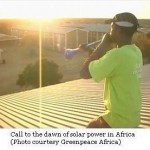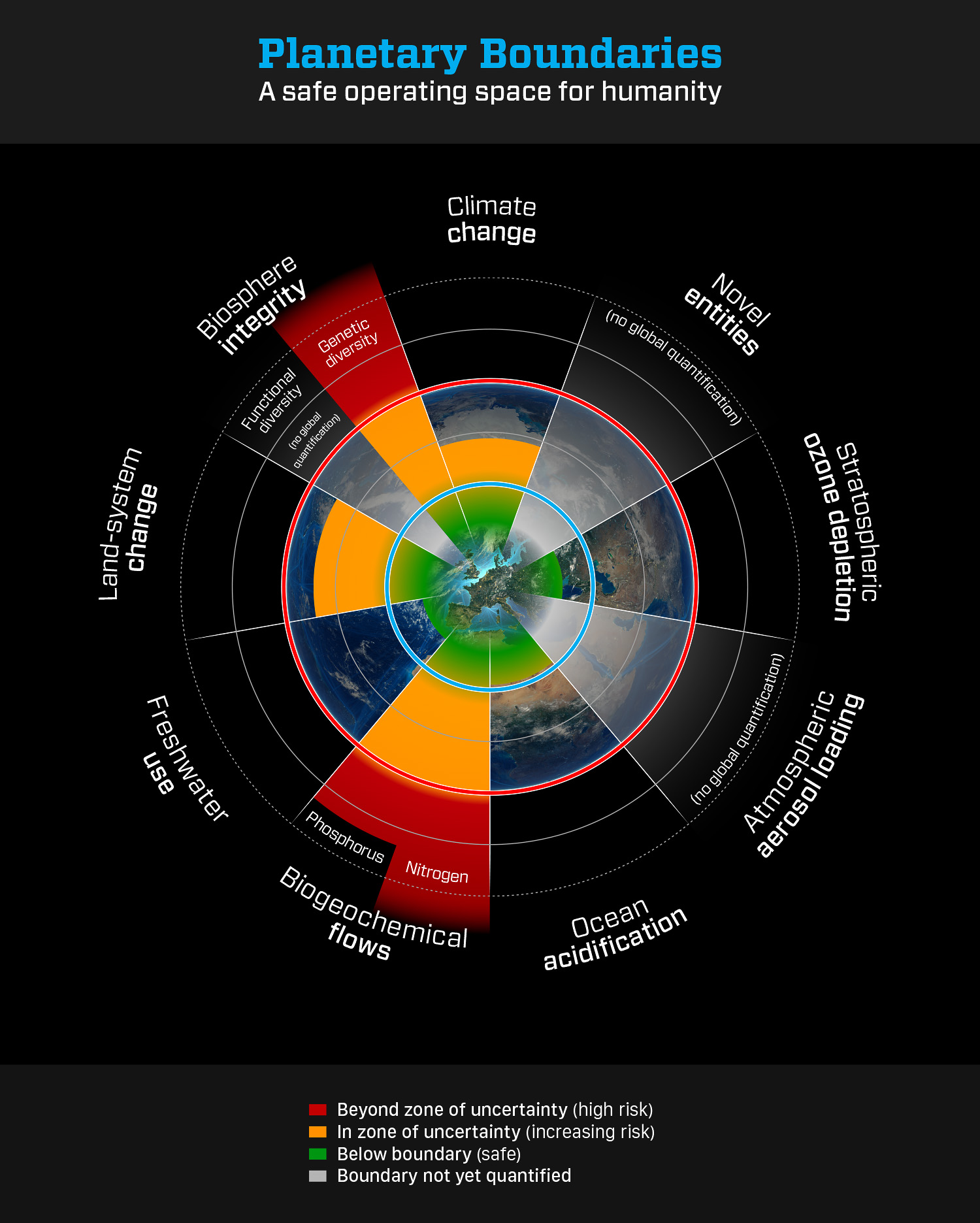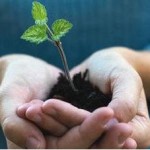Where this is not possible, mechanisms could be put in place to ensure that a substantial portion of project income is invested appropriately at the local level.
This report confirms propositions based on similar experiences included in the preliminary report (released in December 2009, titled “Potential Impacts of Tree Plantation Projects under the CDM: An African Case Study”). It would be valuable if other existing and proposed CDM carbon sink tree and agro-fuel plantation projects would conduct more thorough and wide ranging studies to establish the benefit or otherwise of such projects for each local setting, in advance of project implementation.
The negotiations at the UNFCCC COP16 in Cancun (December 2010) did not produce any definitive conclusion or recommendation in terms of including plantations in the rules for REDD (Reducing Emissions from Deforestation and Forest Degradation), so tree plantation offset projects remain an uncertain issue in relation to future climate change policy developments, especially given the question mark over the future of the Kyoto Protocol.
What has emerged is that there is a fundamental problem in developing countries such as Tanzania. Opportunities for resource exploitation in combination with acquisition of cheap land are being grabbed by Northern corporations and their local agents, such as Green Resources Ltd. This growing trend – not limited to the case detailed in this report – is to the disadvantage of affected communities, and results in the destruction, degradation and/or pollution of the natural landscape while impacting negatively on biodiversity, food security, cultural traditions and water resources.
Such investments can also introduce new social problems. Easier access to recreational drugs, alcohol and junk foods that come with the cash economy can exacerbate the situation. Human health is in decline. Contagious diseases, especially those transmitted sexually like HIV/AIDS, are on the increase, affecting previously un-afflicted communities. The loss of traditional knowledge, and reduced access to wild medicinal plants, is making rural people increasingly dependent on expensive western medicine. However, such circumstances can also provide money-making opportunities for foreign corporations. They soon find new markets for antibiotics, ARVs, condoms, cell-phones, sweets, genetically-engineered seeds, weapons, cheap whisky and trinkets in the most remote corners of the world. This pattern perpetuates poverty at the community level, although sometimes a few well-connected individuals will become wealthy and influential, and this can be used as ‘evidence’ that foreign economic intervention is good for the local economy.
Details of the Study:
Title of the Study: “CDM Carbon Sink Tree Plantations: A Case Study in Tanzania”
Authors: Blessing J. Karumbidza and Wally Menne
Published by ‘The Timberwatch Coalition’ in February 2011.
Check the following link to read/download the Full Study: http://timberwatch.org/

About Timberwatch
The Timberwatch Coalition was established in 1995, to bring together South African NGOs and individuals that were concerned about the negative effects of industrial tree plantations. The coalition has a membership of 14 South African NGOs and a wide network of individual supporters that serves as its ‘eyes’, especially in remote regions where tree plantation owners often violate environmental laws. Timberwatch has been researching forest policy related issues including FSC certification; climate change responses like agro-fuel crops, CDM carbon offsets, GE (genetically-engineered) plantation trees and REDD; and the negative impacts of tree plantations that lead to community displacement and impoverishment; biodiversity loss, land degradation, wildfires and water resource depletion and pollution, since 1998. Timberwatch is a member of the Global Forest Coalition (GFC) and has been its African NGO Focal Point since 2007. For more information, visit http://timberwatch.org/.
Related Features:













